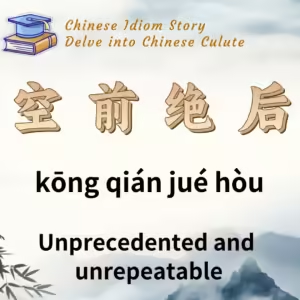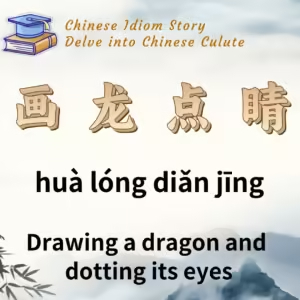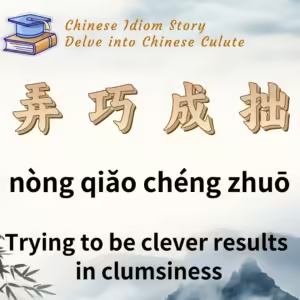
Chinese Idiom: 空前绝后 (Kong Qian Jue Hou)
English Translation: Unprecedented and unrepeatable
pīn yīn: kōng qián jué hòu
Idiom Meaning: This phrase describes an event or artistic achievement that is unmatched throughout history, indicating that it has no equal in the past or future.
Historical Source: From Xuanhe Huapu (宣和画谱).
Idiom Story:
During the Eastern Jin Dynasty, there was a renowned painter named Gu Kaizhi, who was celebrated for his extraordinary talent, often referred to as the “Three Absolutes” (才绝, 画绝, 痴绝). Gu was known for his unique painting style, particularly his practice of omitting pupils in the eyes of the figures he depicted. When asked why, he explained that the essence of his work lay in capturing the spirit of his subjects.
Years later, during the Northern and Southern Dynasties, another great painter named Zhang Sengyao emerged in the Liang Dynasty. Legend has it that he painted an eagle and a hawk on the walls of the Buddhist hall in Xinguo Temple, effectively scaring away birds that had made nests there. While this tale might seem exaggerated, it illustrates Zhang’s exceptional painting skills.
In the Tang Dynasty, another remarkable painter named Wu Daozi earned the title of “Sage of Painting.” He created a piece known as “Hell Transformation,” which conveyed a haunting and eerie atmosphere without directly depicting ghosts. It was said that those who viewed the painting were inspired to amend their ways.
In Xuanhe Huapu, the author commented on these three artists, stating, “Gu excels in the past, Zhang surpasses in the future, and Daozi embodies both.” This assessment was later condensed into the idiom “空前绝后,” symbolizing achievements that stand unrivaled in history, marking a pinnacle in artistic expression that is unlikely to be replicated.






